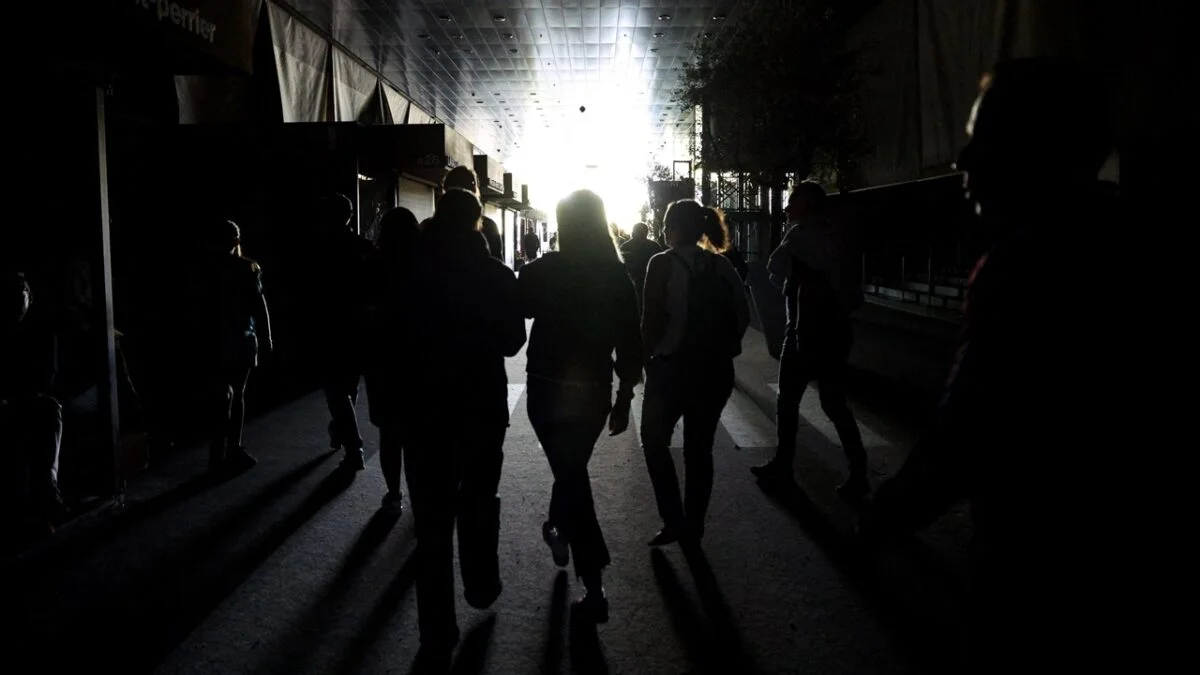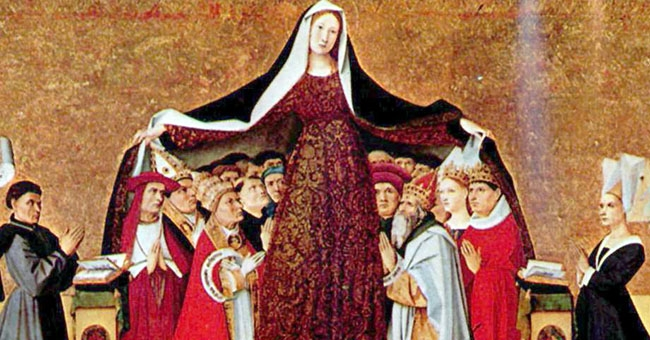
Year: 2025
-

Possible Candidates for The Next Pope!
Read More: Possible Candidates for The Next Pope!Some Candidates for the New Papacy Today we will share with you an article from the BBC which discusses many likely candidates that may be elected as the next pope. One candidate is Pietro Parolin who is 70 years of age, and is of Italian background. Pietro was the Vatican’s Secretary of State under the…
-
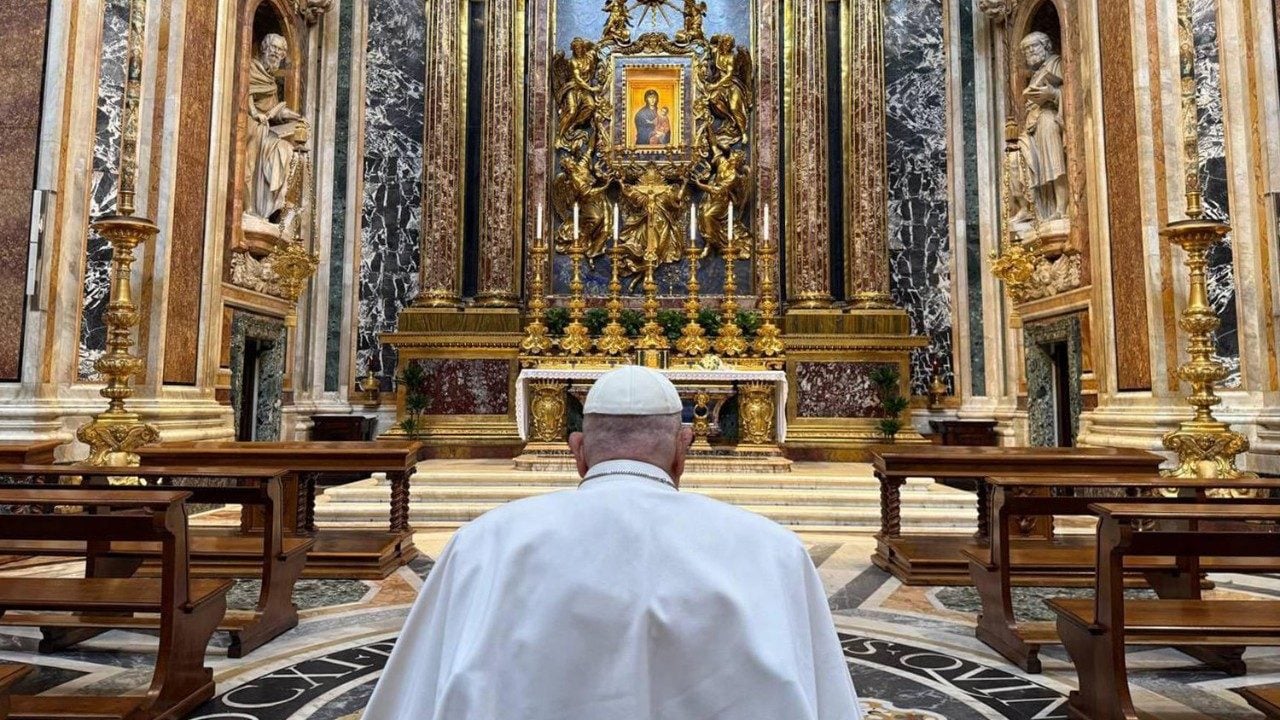
A Mystical Revelation: The Virgin Mary Appeared to Pope Francis Before His Death
Read More: A Mystical Revelation: The Virgin Mary Appeared to Pope Francis Before His Deathhttps://www.youtube.com/watch?v=4Jp34GIIKWU 💙 A Mystical Revelation: The Virgin Mary Appeared to Pope Francis Before His Death St. Mary Major Basilica in Rome — the place chosen by Our Lady for Pope Francis’ final rest. 🙏 A Heavenly Visit Few Have Heard About In a revelation almost hidden from the world, Cardinal Rolandas Makrickas, a Lithuanian prelate…
-

HOLY ROSARY TO THE QUEEN AND MOTHER OF THE END TIMES
Read More: HOLY ROSARY TO THE QUEEN AND MOTHER OF THE END TIMES(Dictated by St. Michael the Archangel to Luz de Maria, 10.17.2022) OFFERING Mother, you who see this moment of distress for your children and guard your Son’s people… Mother and teacher, take us by the hand so we do not hesitate and walk the right path with the faith necessary so as not to waiver.…
-

FREE DOWNLOAD | OUR LADY OF THE ROSARY, SAN NICOLAS, ARGENTINA
Read More: FREE DOWNLOAD | OUR LADY OF THE ROSARY, SAN NICOLAS, ARGENTINAPowered By EmbedPress
-
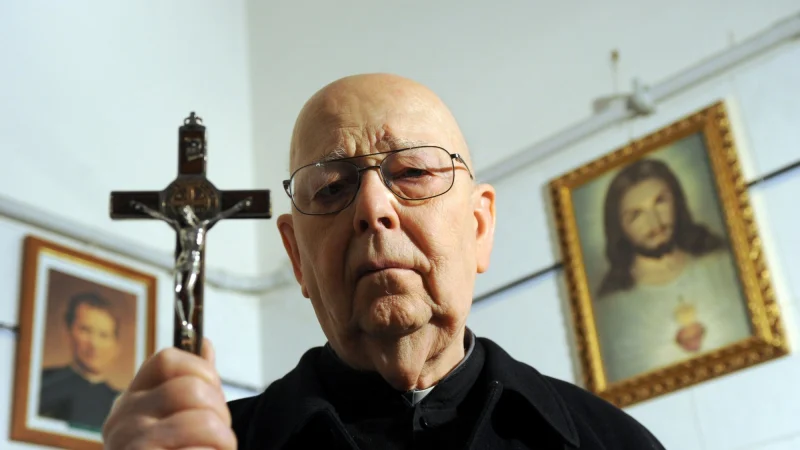
AN EXORCIST TELLS HIS STORY – GABRIELE AMOTH | FREE DOWNLOAD
Read More: AN EXORCIST TELLS HIS STORY – GABRIELE AMOTH | FREE DOWNLOADPowered By EmbedPress
-

URGENT| A Call to Prayer: Pray for Pope Francis
Read More: URGENT| A Call to Prayer: Pray for Pope FrancisWith the news this morning of Pope Francis being in the hospital, we invite all of our readers to pray for the Holy Father. The Franciscan Missionaries of the Eternal Word — founded by EWTN’s foundress, Mother Angelica — wrote this prayer so we may all unite as one voice to lift up the Vicar of…
-

5 Catholic-Inspired Activities to Celebrate St. Valentine’s Day ❤️✝️
Read More: 5 Catholic-Inspired Activities to Celebrate St. Valentine’s Day ❤️✝️St. Valentine’s Day is more than just chocolates and flowers—it’s a beautiful opportunity to celebrate love as God intended! As Catholics, we can honor this day with faith-filled activities that strengthen our relationships with God and others. Here are five Catholic-inspired ways to celebrate St. Valentine’s Day: 1. Attend Mass or Pray Together at a…
-
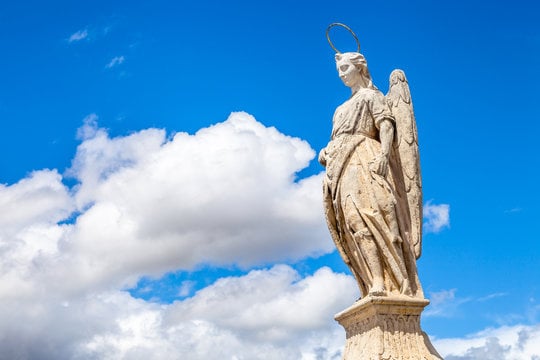
The Apparition of St. Raphael in Córdoba, Spain (16th Century)
Read More: The Apparition of St. Raphael in Córdoba, Spain (16th Century)The Apparition of St. Raphael in Córdoba, Spain (16th Century) ✨ A Heavenly Messenger in Troubled Times In the heart of Córdoba, Spain, during the 16th century, a miraculous event took place that reaffirmed the city’s deep Catholic faith. St. Raphael the Archangel, known as the angel of healing and divine guidance, appeared to a…
Search
Popular Posts
-
Possible Candidates for The Next Pope!
Some Candidates for the New Papacy Today we will share with you…
-
A Mystical Revelation: The Virgin Mary Appeared to Pope Francis Before His Death
https://www.youtube.com/watch?v=4Jp34GIIKWU 💙 A Mystical Revelation: The Virgin Mary Appeared to Pope Francis…
Categories
Archives
Tags
#Miracles (102) 2023 (4) 2024 (4) approved miracles (2) catholic (141) catholic blog (375) catholic meditations (7) catholic miracles (371) catholic motivation (2) catholic news (371) catholic prayers (4) CatholicSeers (359) catholic vlog (375) catholic websites (6) Eucharistic miracle (2) fr jim blount (3) GisellaCardia (11) hamas (3) imitation of christ (2) Israel (4) israel live (5) Israel news (9) jesus (3) jesus christ (4) Latest messages (11) lent 2023 (10) lent 2024 (4) lent homily (2) lent retreat (4) lent retreat 2023 (3) Lourdes (2) messages from god (6) MessagesFromHeaven (364) miracles of catholic church (2) mother and refuge (2) ourlady (325) OurLadyApparitions (22) our lady of lourdes (2) Pope (2) POPE francis (3) pope francis news (2) prayers (3) real miracles (356) sacred heart of jesus (2) The Miracles of Lourdes (2)


